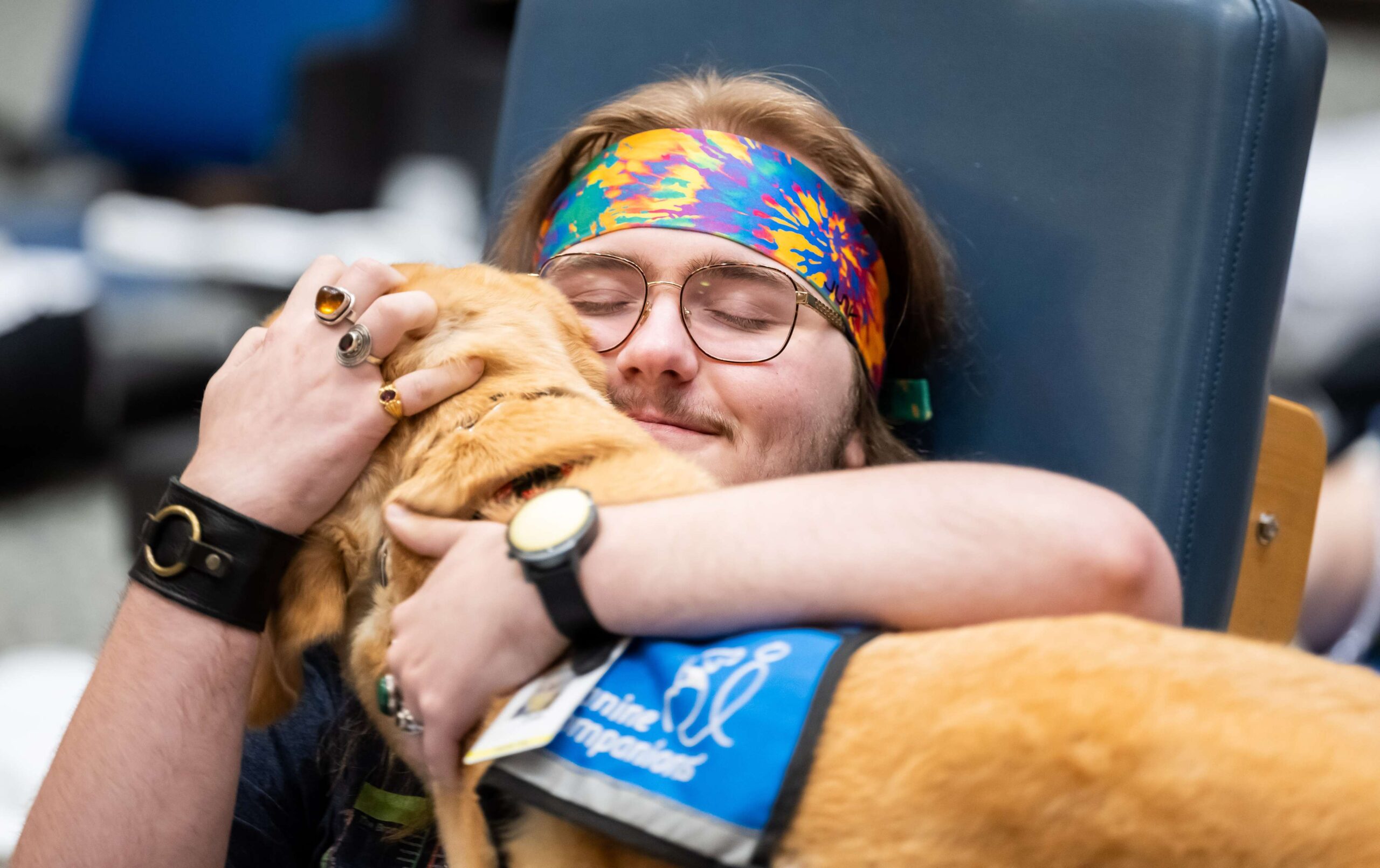Who we treat
Each year, we provide inpatient treatment for 155 adults with strokes.
Injury types
- Left stroke: 35.7%
- Right stroke: 31.2%
- Bilateral stroke: 30.5%
- Other types of strokes: 2.6%
Patient ages
The average adult inpatient with a stroke at Shepherd Center is 50 years old. The age breakdown includes:
- 18-25: 5%
- 26-35: 9%
- 36-45: 17%
- 46-55: 30%
- 56-65: 28%
- 65+: 10%
Patient genders
Admission and length of stay
- Average length of stay: 47 days
- Time to admission: On average, adult patients begin inpatient rehabilitation 31 days after injury
Therapy and rehabilitation
Our patients receive extensive therapy, typically ranging from 3-5 hours daily. This includes physical, occupational, and speech therapy, tailored to each patient’s needs.
Patient satisfaction
When asked about the likelihood of their recommending Shepherd Center, patients or their caregivers rated Shepherd Center a 97 out of 100.
Where our patients go after discharge
- Community: 91%
- Long-term care: 5%
- Acute care: 3%
- Hospice: 1%
- Unplanned transfers: 2.6% of patients have an unplanned transfer to an acute care facility.
Self-care goals
63% of adult patients achieve or exceed their anticipated value of self-care upon discharge from Shepherd Center, compared to 62% nationally.
Mobility goals
65% of adult patients achieve or exceed their anticipated value of mobility upon discharge from Shepherd Center, compared to 62% nationally.
Mobility scores tell us how much help a patient needs with activities like sitting, standing, walking, using a wheelchair, or going up and down stairs. A physical therapist helps patients get better at doing these activities on their own. If the scores go up from when the patient first came in to when they left, it means the patient got better at doing these activities independently.
Personal goals and progress
97% of adult patients reach or exceed their expected personal goals during their rehabilitation. Patients work with their therapy team to come up with goals. These goals may focus on physical or mental abilities that patients want to return to doing, or it can be something new. A few examples include:
- “I want to be able to cook a meal with my grandchildren.”
- “I can manage my household finances.”
- “I want to be able to feed myself.”

